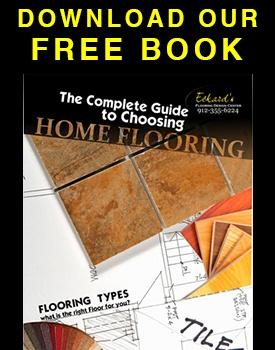If you go through the forest in Michigan and even Wisconsin, you’ll find that there are acres and acres of hard maple. It is this wood that makes up nearly every single hardwood court in the NBA, or at least 29 out of 30 of them. The main reason why this wood is selected over other related hardwoods is because it has a much tighter grain and the wood is also lighter in colour. The NBA gets its flooring from three different companies, but they all source maple from the same place.
The grain ensures that the maple is durable enough for the needs of the NBA and the 70+ floor removals and conversions it needs every single year. The teams are required to completely replace the floor every decade, but even though the maple trees start out the same, the finishes can differ depending on the team. The NBA flooring provider, Robbins, states that his company use resilient flooring that has a cushioning pad. This helps with shock absorption and it can also help the floor to respond to vibration control and ball bounce. Another provider, Horner, state that their floors are available with and without cushioning systems. There are pads on the underside of the floor to help with the bounce. If there is too much absorption then the ball won’t bounce back as well and the more energy is consumed. All in all, this makes it harder to run with the ball.
Let’s move on. Take Golden State and Milwaukee, they both have alternative floors for this season. That means that the design process has to start all over again. Horner did the decal for Denver and Robbins did the floor for Cleveland. Even so, it is actually Minnesota that has one of the darkest stains but when you compare it to Charlotte, that has a honeycomb pattern, you can already see how the designs differ. Even so, it doesn’t matter what the design is, because a company will always need to make sure that the floor is either stained, painted or bare. When this is established, every option will need to have a high-gloss polyurethane coating. This gives every player and team the same grip when out on the court.
Underneath this gloss, there is an oil or even a water finish. This is applied every single year and all of the logos are touched up and the baselines are adorned as well. This can add a lot of stress to those who are designing the floor because they won’t want the players to worry about losing traction and they want the floor to perform the same way at every single point as well. So as you can see, every single floor has maple hardwood other than the Boston Celtics. Even though the finishes are incredibly diverse and different, they are all made the same and they all have the same finish. The maple used also comes in three grades, with grade one being used for a lighter finish and grade 3 used for a darker finished. When coupled with the right stain, it isn’t hard to get the result you want but attention to detail really is key when it comes to designing an NBA floor and you would be surprised at how much effort goes into designing these floors as well as the effort that goes into maintaining them every offseason. The end result is always quite remarkable, and the thought that goes into the cushioning is mind blowing, especially when you take into account how much it can affect a player’s performance.
Check out our recent article about choosing flooring for home exercise rooms.




